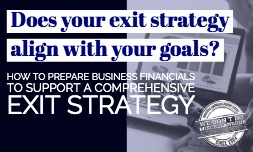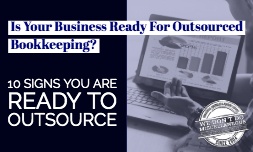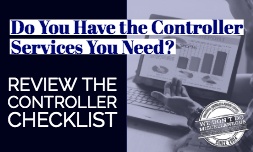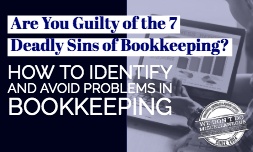It has been said that human capital is an organization's most valuable asset in today's climate. However, managing your financial assets is the ultimate responsibility of the company leadership. Without sound financial planning and asset management, a business can't thrive.
And, ultimately, your human assets will suffer. Forecasting is an essential part of the equation. This blog post explains how rolling forecasts compare with static budgets.
You'll also learn some of the best practices to empower your financial management team to leverage the benefits of rolling forecasts to your advantage.
What is a rolling forecast?
A rolling forecast is a method of forecasting that continually adjusts the 12-month accounting period. This is accomplished by dropping the most recently completed month and adding another month to the final period to adjust for quantitative and qualitative changes.
The process empowers the financial management team to maintain a forecast that accurately reflects an organization's operations. When done properly, leadership has an opportunity to consider market changes (external factors) as well as internal factors, such as staff ratios, sales figures, and competitive influences, among other things.
As an example, if your organization is considering changing from static forecasting in 2025, your team might start with a forecast that covers January 2025 through December 2025. At the end of January, your team would eliminate the first month and add January 2026 to the end of the model.
Naturally, few businesses follow a January to December fiscal calendar, so your firm may choose to start in March, July, or August to match your particular needs.
How does a static forecasting and budgeting method differ from the rolling forecast model?
The biggest difference in a static budget generally recommended by many legacy accounting services or bookkeeping services is that a static budget covers a predefined period based on historical data and known, or expected changes planned for the coming year. The internal and external financial teams compare real-time revenue and expenses to the budget as a way of measuring your goals as each month's activities are realized.
As a projection tool, a static budget is helpful but does not reflect current events or changes. It is an accounting device that involves planning the future on the past, whereas a rolling forecast is a “living instrument” that delivers a comprehensive view of your current financial health as things evolve due to changes that affect revenue and expenditures as they happen, as close to real-time as possible.
Key benefits of replacing basic budgets with a more valuable financial tool
Leveraging a flexible forecasting model gives a more accurate view of an organization's financial activities – an update-to-date view that allows financial teams to address problems early that could negatively impact production, costs, and loss of revenue. NetSuite clients use the platform to analyze key performance indicators that directly and indirectly impact profit margins, as well as trends that could lead to higher costs of sales.
Other benefits quickly emerge after converting to a more accurate forecasting model.
-
Empowers financial teams to make fully-informed decisions with current data rather than historical data that may be obsolete.
-
Allows managers to implement changes in the workflow, supply acquisition process, and other areas to boost revenue potential and inform stakeholders of necessary changes to expectations on time.
-
Improves short-term and long-term financial planning decisions based on internal and external factors.
-
Supports customer engagement strategies based on changing demands, demographics, price points, and other vital drivers that build brand loyalty and repeat orders.
Getting started with a rolling forecasting model
Converting your financial budgeting and forecasting methods requires thoughtful consideration. It can be labor-intensive when done manually, but, it isn't complicated when you partner with an outsourced bookkeeping or accounting services team. AccountingDepartment.com works with clients to facilitate the process using our robust automation-based platforms. Our professional accountants work closely with our customers as they prepare for the change and continue to provide support throughout the journey.
Step One: Identify goals and objects.
In this first stage, managers identify internal and external stakeholders, collect feedback, and share the reasons for the change. During this stage, it is vital to establish clear goals and benchmarks for the future. Clearly identify goals and outcomes, along with realistic expectations.
Step Two: Establish terms.
Will a monthly report be sufficient? Are semi-weekly or quarterly adjustments appropriate for your company? You should also consider whether you have both short-term and long-term goals. Is an 18- or 24-month period sufficient, or does your team require an even longer rolling forecast?
Step Three: Prepare your document.
This step is essential. Historical data may be used as a starting point to lay the groundwork. This process is most efficient when using a fully automated system to ensure you leverage all the back-office data available to you. Automation saves time and money while ensuring the utmost accuracy.
Step Four: Monitor results.
Reviewing results as each period closes provides an up-to-date forecast that informs evidence-based financial decisions, boosts profit potential, and manages every aspect of your organization more efficiently.
Discover how AccountingDepartment.com can help shape your business with its bookkeeping, controller, and advisory services to give business owners the insight they need to propel their business growth.














